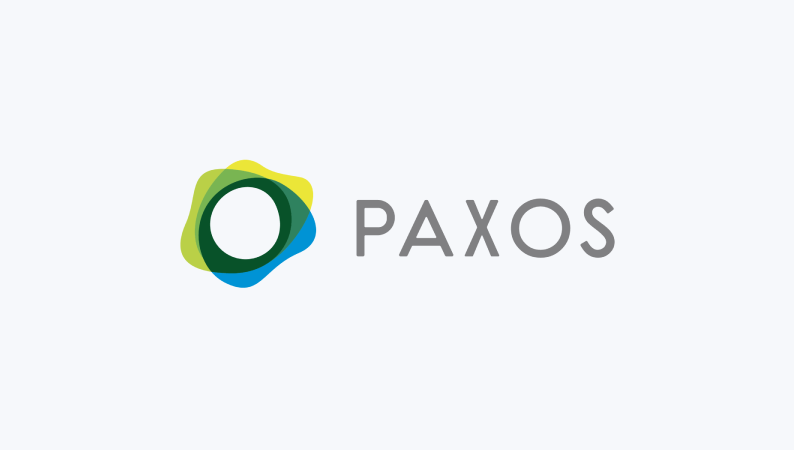
Today’s blockchain industry is more nuanced than the “public vs. private” binary. It encompasses a spectrum of solutions, each with unique advantages and considerations. For businesses seeking to integrate blockchain into day-to-day operations or customer offerings, understanding this evolving landscape is an important first step.
Blockchain commonalities and permissioned vs. permissionless platforms
Some features and functionalities fluctuate across different types of blockchains. At the most basic level, there are two buckets: permissioned and permissionless. These concepts underpin a blockchain’s fundamental governance and access structures.
- In a permissioned blockchain, access to participate in the network is restricted. Network administrators have control over who can join, view data and engage in the consensus process.
- On the other hand, a permissionless blockchain is characterized by open and unrestricted participation.
Four common types of blockchain: public, private, hybrid and consortium
A growing number of blockchain categories exist under the umbrella of permissioned or permissionless. The evolving nature of the Web3 ecosystem means there’s some ambiguity when it comes to categorizing blockchains.
For example, “permissioned” can encompass private, consortium and, in some contexts, hybrid blockchains—but is not directly interchangeable with any of those terms. Similarly, “permissionless” is a broad term that’s often applied to, but not synonymous with, public blockchains. Classification ultimately depends on the specific blockchain’s design and implementation.
There are at least four prominent types of blockchains in 2024: public, private, hybrid and consortium.
Public blockchains
Key traits:
- Decentralized, democratized and transparent
- Support a wide range of applications
- Promote interoperability
- Useful for crypto, trading tokenized assets, crowdsourcing and open-source work
- Examples and platforms: Ethereum, Bitcoin, Solana
Public blockchains are the town squares of the blockchain world. They’re decentralized and open, meaning anyone can join. Public blockchains thrive on robust participation—the more, the merrier, and the more secure.
That said, public blockchains have several inherent challenges. They often struggle with relatively slow transaction speed and limited scalability. Due to their highly transparent nature, they may not be appropriate for sensitive business transactions.
Use cases: Trading digital assets, crowdfunding, collecting donations or working on open-source projects.
Private blockchains
Key traits:
- Restricted participation
- Enhanced privacy and greater control
- Centralized and at potentially higher risk for manipulation
- Useful for precise functions within an organization
- Examples and platforms: Hyperledger Fabric, MultiChain
Private blockchains restrict participation to select members. They’re often controlled by a single entity or organization. (This is in direct contrast to the “decentralized” nature of a public blockchain.)
Private blockchains offer plenty of opportunities: enhanced privacy, greater control and faster transaction-processing speeds. They also have some downsides. Having one central entity at the helm can make them less resistant to internal risks like fraud or manipulation.
Use cases: Internal applications such as logistics, accounting, payroll and sensitive record-keeping.
Hybrid blockchains
Key traits:
- Selective transparency and customizable levels of access
- Balance between decentralization and control
- Can be complex from a management and governance perspective
- Useful for selective data-sharing within regulated industries
- Examples and platforms: XinFin, IBM’s Blockchain Platform
Hybrid blockchains combine elements of both public and private options. They can be tailored to different access levels, and therefore offer a balance between the decentralized ethos of public blockchains and the control of private ones. This versatility makes them an attractive option for businesses seeking the best of both worlds.
Managing dual aspects of public and private components can be complex and resource-intensive. Establishing protocols and governance strategies that can handle the hybrid nature of these blockchains is a related challenge.
Use cases: Enterprises involved in selective data-sharing. For example, a financial or healthcare organization might use a hybrid blockchain if they need to make certain information publicly auditable while protecting customer or patient confidentiality.
Consortium blockchains
Key traits:
- Balanced between centralized and decentralized models
- Shared cost and risk
- Cross-organizational coordination can introduce complexities
- Useful for collaborative processes
- Example and platform: R3’s Corda
Consortium blockchains are a specific type of permissioned blockchain in which a group of organizations share control and governance of the network. Each consortium member typically has equal rights regarding decisions. Compared to a single-entity, private blockchain, these models foster increased trust and security.
Consortium blockchains have distinct challenges. Managing consensus and governance across multiple organizations requires significant coordination and, often, compromise. Differences in goals and strategies among members can lead to conflicts or inefficiencies.
Use cases: Secure data sharing, logistics and supply chain management.
What to consider when selecting a blockchain
When determining what type of blockchain technology to introduce into your enterprise, it’s important to first identify key priorities and objectives:
- Is public exposure or private confidentiality more critical?
- How will the blockchain integrate with existing infrastructure?
- Looking ahead, what are the business’s expectations and needs for scalability?
- What future does leadership envision when it comes to tokenized and digital assets?
The regulatory environment is another core consideration when weighing which type of blockchain technology to explore. Certain industries may require compliance with regulatory standards and data protection laws. A regulated blockchain infrastructure provider with a nuanced approach to multijurisdictional compliance can guide enterprises in choosing solutions tailored to these specific needs.
Understanding the evolving blockchain landscape is more than an exercise in technical comprehension—it’s a strategic imperative that can significantly impact digital strategy. The key is to find an experienced, trustworthy and enterprise-scale partner who can help you navigate the journey.
Want additional insights on blockchain solutions and how they can help your enterprise?
The post Understanding the Different Blockchain Types appeared first on Paxos.
